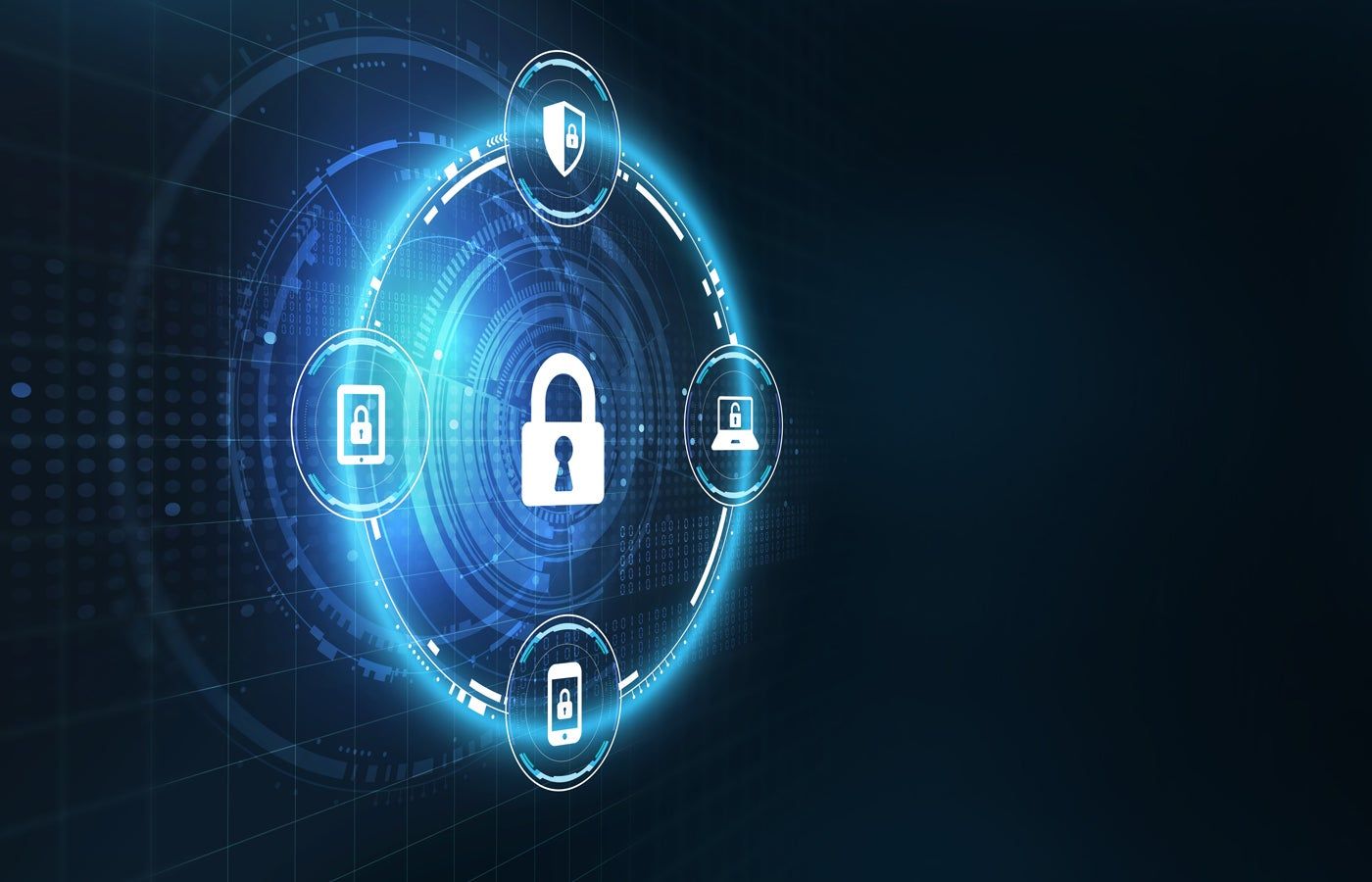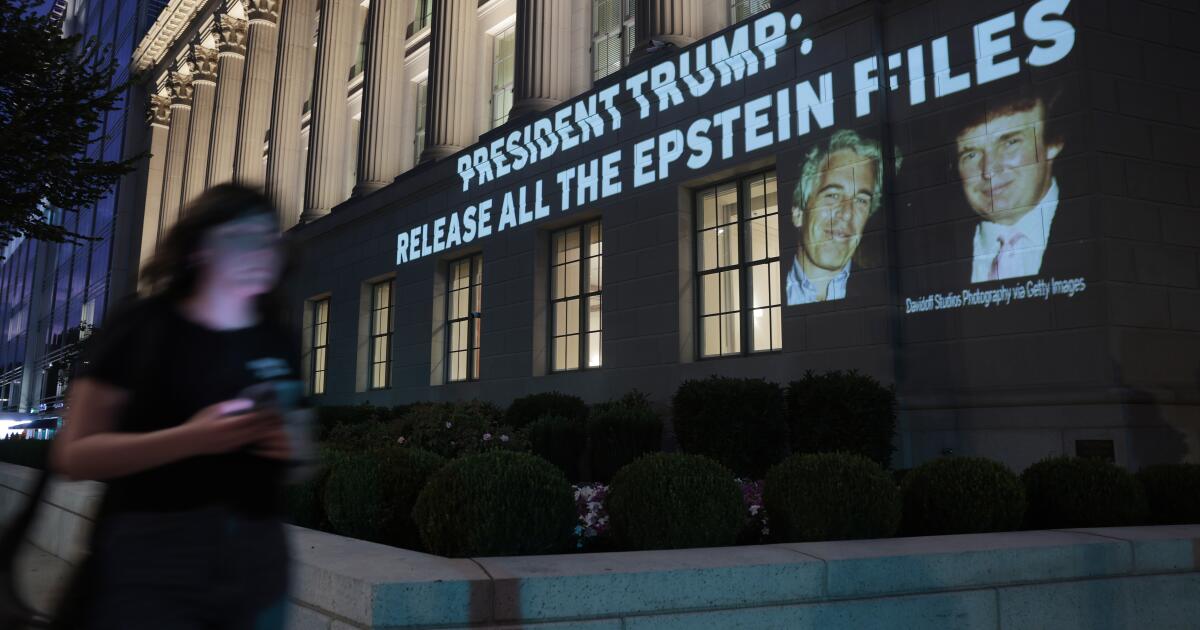Breaches are more common than ever, phishing scams continue to be successful, and AI is helping to take cybercrime to a whole new level. Hornetsecurity's 2024 Cybersecurity Report analyzed 45 billion emails sent in 2023; 3.6% were considered malicious. That's 1.6 billion potentially harmful emails. Nearly half of all email-based attacks use phishing to obtain user passwords. If a user falls for a phishing scam and their credentials are compromised, multi-factor authentication (MFA) or two-factor authentication (2FA) provide additional protection against a breach.
But when is 2FA enough and when should organizations implement MFA?
1
Pulseway
Employees by company size
Micro (0-49), Small (50-249), Medium (250-999), Large (1000-4999), Business (5000+)
Any size of company
Any size of company
Characteristics
Activity monitoring, antivirus, dashboard and more
2
ESET PROTECT Advanced
Employees by company size
Micro (0-49), Small (50-249), Medium (250-999), Large (1000-4999), Business (5000+)
Any size of company
Any size of company
Characteristics
Advanced Threat Defense, Full Disk Encryption, Modern Endpoint Protection, Server Security
3
gray trunk
Employees by company size
Micro (0-49), Small (50-249), Medium (250-999), Large (1000-4999), Business (5000+)
Medium (250-999 employees), Large (1,000-4,999 employees), Enterprise (5,000+ employees)
Medium, Large, Company
Characteristics
Anomaly detection, audit logs, compliance reports and more
What is multi-factor authentication (MFA)?
MFA uses authentication factors such as a pin, an SMS code, an authentication code and/or a biometric method (fingerprint, retina, facial recognition). Some systems also use location verification as part of the login process. The more factors there are, the more difficult it will be for an attacker to penetrate accounts and breach an organization.
With MFA active, if a hacker cracks a password, they will still need at least one more element to be able to do any damage. Without it, they cannot complete the authentication process to prove that they are the actual owner of an account.
What is two-factor authentication (2FA)?
As the name implies, 2FA uses two factors of authentication. After the user enters a username and password, they are prompted to take an additional step, such as entering a code from a mobile phone-based push notification, SMS message, or some other method.
MFA vs. 2FA: Identifying the differences
The terms 2FA and MFA are sometimes used interchangeably. This is because 2FA is actually a subset of MFA. 2FA involves only one additional authentication factor. MFA broadly means two or more methods. However, in the strictest definition, it implies three, or even more in high security situations. Remember the scene in Mission Impossible: Rogue Nation where Benji (Simon Pegg) has to provide a series of items to enter a facility: a digital ID card, a password, a retina scan, and a gait analysis? to enter a highly secure facility? Well, that's an example of MFA taken to the extreme.
Pros and cons of MFA
MFA is more powerful than 2FA, but it also has limitations.
MFA Professionals
- There are more factors that make it much more difficult to access an account.
- If someone obtains your password, they will need additional authentication factors to breach an account.
- If a user's bank card is lost and the PIN is compromised, the criminal still needs a biometric or other code before they can access the funds.
Cons of MFA
- If MFA lacks a biometric factor, an account is a little easier to hack, as criminals have learned phishing techniques to obtain SMS codes by compromising phones, as well as desktops and laptops.
- Login becomes more complex and can slow down productivity.
- MFA implementation is more sophisticated than 2FA and tends to be more expensive and more demanding on IT and security personnel.
- MFA may require software updates or have software compatibility issues.
Pros and cons of 2FA
2FA may not be as powerful as MFA, but it has certain benefits.
Advantages of 2FA
- Fewer factors make it easier for a user to log into an account and perform tasks.
- The more authentication factors there are, the greater the user resistance. 2FA makes things simpler.
- If someone gets a user credential, at least they have one more hurdle to overcome before they can do any damage.
- 2FA systems are simpler than MFA.
Disadvantages of 2FA
- Most 2FAs typically rely on the use of a smartphone as part of the verification and hackers have learned how to compromise phones.
- For confidential and sensitive files and financial data, organizations need several additional layers of protection, not just one.
- Many users are not as diligent when it comes to protecting themselves against security threats on their phone compared to how they behave on their laptop or desktop.
When is 2FA best?
Organizations should opt for 2FA for routine traffic that does not require high security. 2FA is probably enough for many consumers. And in organizations where applications, systems, and users do not handle sensitive or confidential data, 2FA should be sufficient. After all, 2FA promises a smoother and easier user experience. And if the budget is tight, 2FA can be less expensive than MFA.
When is the MFA best?
For organizational users, MFA can be more secure as it requires additional authentication factors. While some may not need that level of protection, others do. Even at the individual level, MFA must protect a personal bank account. MFA that includes a biometric system is the ideal way to obtain financial and confidential information. And for sensitive organizational files, as well as for people working in executive, IT, human resources, financial, and other prominent organizational positions, MFA helps maintain a higher level of security.
Should your organization use MFA or 2FA?
Many organizations are not yet using 2FA or MFA. Implementing any of them can be an important step towards greater protection. Vade Secure reports that phishing attacks are constantly increasing. They increased by 173% in the third quarter of 2023. In one month alone, more than 200 million phishing emails were sent. Even if a small percentage of these attempts are successful, it represents a large number of compromised credentials. 2FA and MFA make life more difficult for hackers.
MFA is the way to go for any organization that needs to protect confidential or sensitive information. But for others, 2FA may be enough. It is less expensive, easier to implement, and easier to maintain. However, for those facilitating between 2FA and MFA, a small price difference and additional IT implementation and maintenance burden may be a small price to pay to avoid a serious breach.












